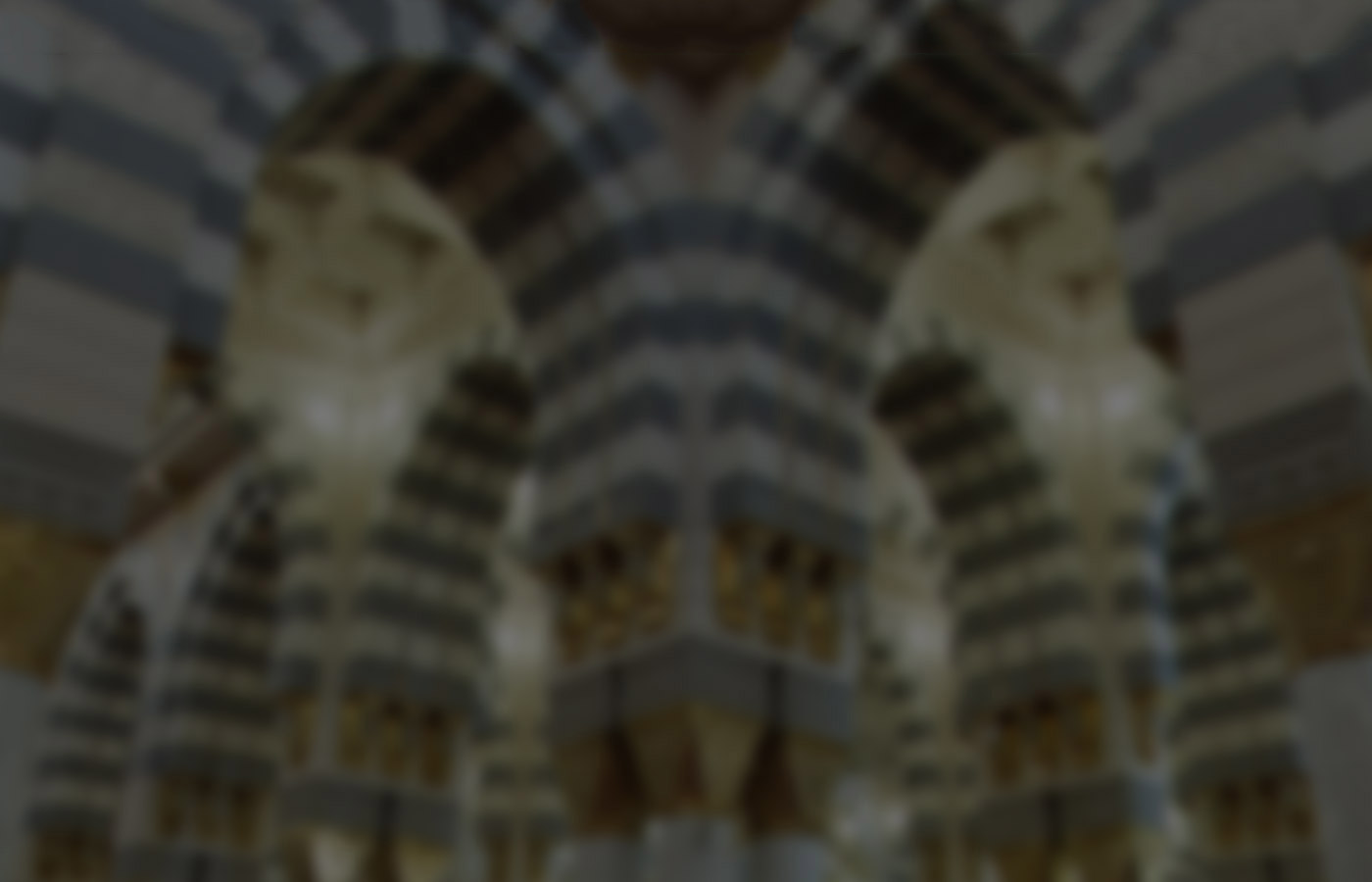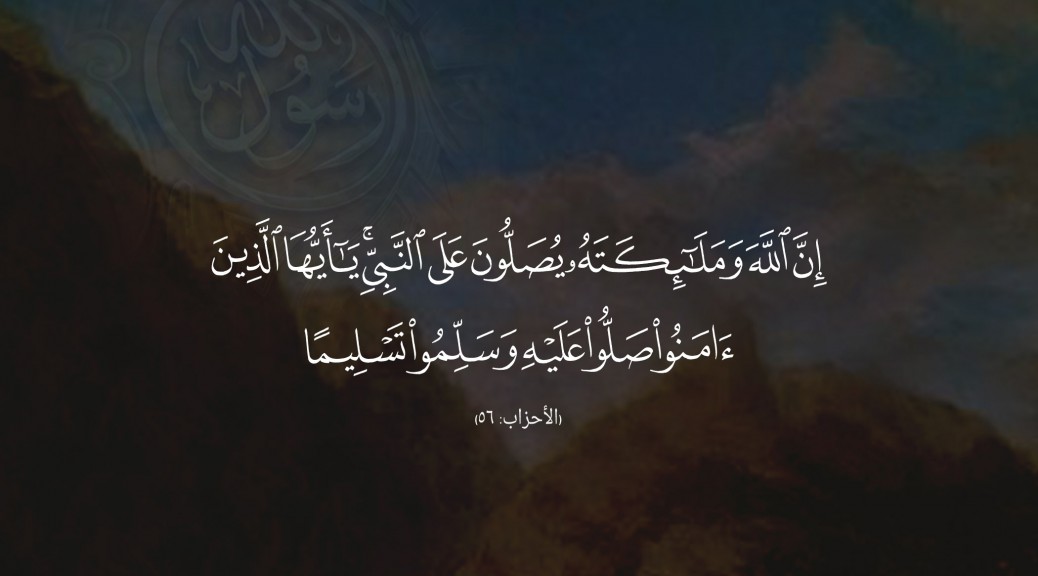A Talk by
Abdur-Rahman ibn Yusuf Mangera www.zamzamacademy.com
London UK
Amman- The Hashemite Kingdom of Jordan
The Royal Aal Bait Institute Seerah TimeLine Project
Dear esteemed scholars, dear friends,
Assalamu ‘alaykum wa rahmat Allahi wa barakatuh
We are all congregated here for the launch of an extremely auspicious and blessed project. This is the detailed day-by-day mapping of the life of the Prophet Muhammad ibn ʿAbdillah ﷺ. As all would agree this is a well overdue project. The Prophet Muḥammad ﷺ has been the greatest role model the world has ever known, and will ever know in the future.
Humanity has constantly been inspired by role models. Humanity needs exemplars, mentors, and teachers. However, how does one find an ideal exemplar? Firstly, any teacher for humanity should be a real being and not a mythical figure. Any conduct and teaching of such an exemplar must be comprehensive, perfect, and practical. He should be comprehensive enough to allow many different categories of people to benefit from him, not just a single category, such as just scholars or just leaders. Most importantly though, all his teaching must be verifiable by later generations, and they must be reliable.
Among those who could qualify as being the best role models for humanity are the Prophets of God. However, among the prophets there is no prophet whose every act and word has been preserved and recorded as that of our Prophet Muhammad ﷺ. For instance, Jesus عليه السلام was never married, did not have children, and only a limited amount of detail can be gleaned of his life from the Bible or the Qur’an. In fact, according to Charles Anderson Scott “the total number of days of his life regarding which we have any record does not exceed fifty” (Encyclopaedia Britannica, 14th edition). Hence, we do not have sufficient knowledge of him.
On the other hand, there is so much known about the Prophet Muḥammad ﷺ. Due to the ardent love and zeal of the blessed Companions, they recorded and transmitted nearly all the public, and much of the private, life of the Prophet ﷺ to later generations. Thanks to Islam’s wonderful isnad system, developed by our pious predecessors the Hadith masters, all what has been transmitted from the Prophet ﷺ can easily be sifted into various grades of reliability. We therefore know what teachings can be taken as absolutely authentic and definitive to what has been fabricated. There is no other ancient tradition in the world that can stand to such academic scrutiny and withstand the rigorous tests of historicity. Furthermore, the Prophet Muḥammad ﷺ was made to play so many roles by God that he can stand as an exemplar and role model for mankind the world over regardless of who they are, their occupation, or the role they play in family or public life.
For instance,
If one is a husband, let him look at the husband of Khadija and A’isha.
If one is a wife, let her look at the wives of Muhammad.
If one is a father, let him look at the father of Fatima and Qasim.
If one is a grandfather, let him look at the grandfather of Hasan and Husayn.
If one is an orphan, let him look at the child of Abdullah and Amina.
If one is a shepherd, let him look at the herder who grazed his goats in the valleys of Makka.
If one is an imam, let him look at the leader of the Mosque of Madina.
If one is a trader, let him look at the merchant who travelled to Sham on business.
If one is a king, let him look at the ruler of Arabia.
If one is a victor, let him look at the one who rode humbly into Makka and forgave its people.
If one has suffered a setback, let him look at the one who experienced discomfort at Uhud and Hunayn.
If one is a teacher, let him look at the ustadh of Madrasat al-Suffa.
If one is poor, let him look at he whose family sufficed on dates and water for days on end.
If one is wealthy, let him look at the one would who gave like one who did not fear poverty.
If one is a judge, let him look at the one who entered Masjid al-Haram that day at dawn and resolved who would replace the black stone on the wall of Ka’ba.
The Prophet Muhammad ﷺ illuminates the path for the ruler and the ruled, the rich and the poor, the military person, the administrator, the teacher, and the family man. In sum, whoever you are you will find in our beloved Prophet ﷺ the symbol of perfection and sublime character.
Now to move on to the particular project for which we are congregated here today.
We live in an information age where numerous aspects of human and animal life and the world around us, such as DNA, the stars, and galaxies, have been carefully mapped and coded. Even the details of rulers, politicians, movie stars, singers, sports people, along with murderers, thieves, and hustlers have been painstakingly researched and recorded. Moreover, much of this information is available online today for free through Wikipedia and other sources.
Despite our rich heritage as followers of the greatest personality to have graced this earth since its creation ﷺ, and despite having such a rich resource of reliably transmitted information about him, we have been bereft of any systematically mapped comprehensive events sequence of his life to date. While many biographers of the Prophet ﷺ do tend to relate the accounts of his life in a chronological order, it does not appear that any serious effort had hitherto been made to map out the life of the Prophet ﷺ on such a scale and detailed day-to-day basis.
We thank Allah that He has honoured Prince Ghazi bin Muhammad and the Royal Aal Bait Foundation to take an interest in this monumental task at the behest of the esteemed Mufti ‘Ali Jumu’a and commission a team to work on the project. This sira-mapping project is the logical next step after altafsir.com, which has placed numerous Qur’anic exegeses free online for all to access 24 hours a day. Insha Allah, this project will provide access to the life, events and Sunna of Allah’s Messenger ﷺ, which is the second source of the Islamic Shari‘a. May Allah grant His Royal Highness Prince Ghazi and his team a continuous and perpetual reward (ata’an ghayr majdhudh).
Since I have been tasked with discussing the scope and possible outcomes of this project, here are a number of the perceived benefits:
It will provide both Muslim and people of other faiths a complete diary of the life of the Messenger of Allah ﷺ on a day-to-day basis.
- It will assist in providing a background, context, and circumstance for each event and occurrence in the Prophet’s life ﷺ. This should facilitate a greater understanding and perception of the Prophetic life and the noble Sunna model.
- It is hoped, God willing, that this project would also go a long way to remove the confusion and academic differences that may exist surrounding the abrogating (nasikh) and arrogated (mansukh) aspects of our faith.
- It could have a significant impact on Islamic jurisprudence and law by possibly removing uncertainties about when certain historical events occurred.
- Though ambitious, this project could, God willing, unite Muslims with regard to many events of the seera and pave the road to a unified understanding of the Prophet’s life ﷺ. The life of Allāh’s Messenger ﷺ is one of the foundations of our faith. If much of it were to be agreed upon it could remove many areas of conflict.
- It will further strengthen the proof of the Prophet’s message ﷺ, as no other historical figure can boast of having their entire life mapped in so much detail.
- It will enable us to pinpoint more accurately where the Messenger of Allāh ﷺ was and what he was doing at any given time.
- It will help to trace at what times each companion came into Islam. It could help to ascertain the events that lead to his or her conversion and provide a better understanding of the various factors of da‘wa involved.
- It should help to understand da‘wa models used by the prophet ﷺ according to different situations during his life.
- It could help to map the prophetic model of collective social, political, personal, and spiritual reformation.
- It should help to engender hope by displaying the trajectory of Islam, starting with just a a handful of followers and growing and prospering to a mighty force in its 23 years.
- It could show progress in the development and evolution of religious rulings, e.g., permissibility of movement and speaking in salat to the command of remaining calm and silent or, to cite a more well-known example, the gradual prohibition of wine.
- It could highlight the changes in the tone of the Prophetic message and his sermons. From this, we could understand the wisdom in certain language styles depending on context and situation and possibly assist in removing some of the harshness used today by extremists.
- It will help track the foretelling and prophecies of Allāh’s Messenger and how each one was made or realized over the course of his life ﷺ.
- It should show how the sublime character and conduct of the Prophet ﷺ remained stable and did not undergo any negative change despite the events he faced. He was the same merciful and forbearing individual before and after the conquest of Makka, despite celebrating such a great victory.
- It should help highlight changes in the priorities of the Prophet ﷺ over the course of his life.
- It should help identify the trajectory of the nature of challenges faced by the Messenger of Allah ﷺ over the course of his life.
- It should help to identify certain patterns or features of his struggles, setbacks and successes, such as demonstrating how many more people came in to Islam after the treaty of Hudaybiya, thanks to opportunity of peaceful interaction after years of war.
- By having such systematically organized data, we could colour in all the days of struggle and the days of success and produce a number of extrapolations and inferences.
- It should provide a person an organized understanding of the prophet رضي الله عنه and make him easier to emulate.
- As a point of humour, maybe now the Ḥanafis and Shafi’is can decide whether or not raising the hands before and after the rukū’ and saying āmin allowed were the final acts of the Messenger ﷺ.
In closing, having such a detailed mapping of the Prophet’s life ﷺ it should remove him from being just a legend in the minds of many to being a realistic personality, and a viable model of emulation.

